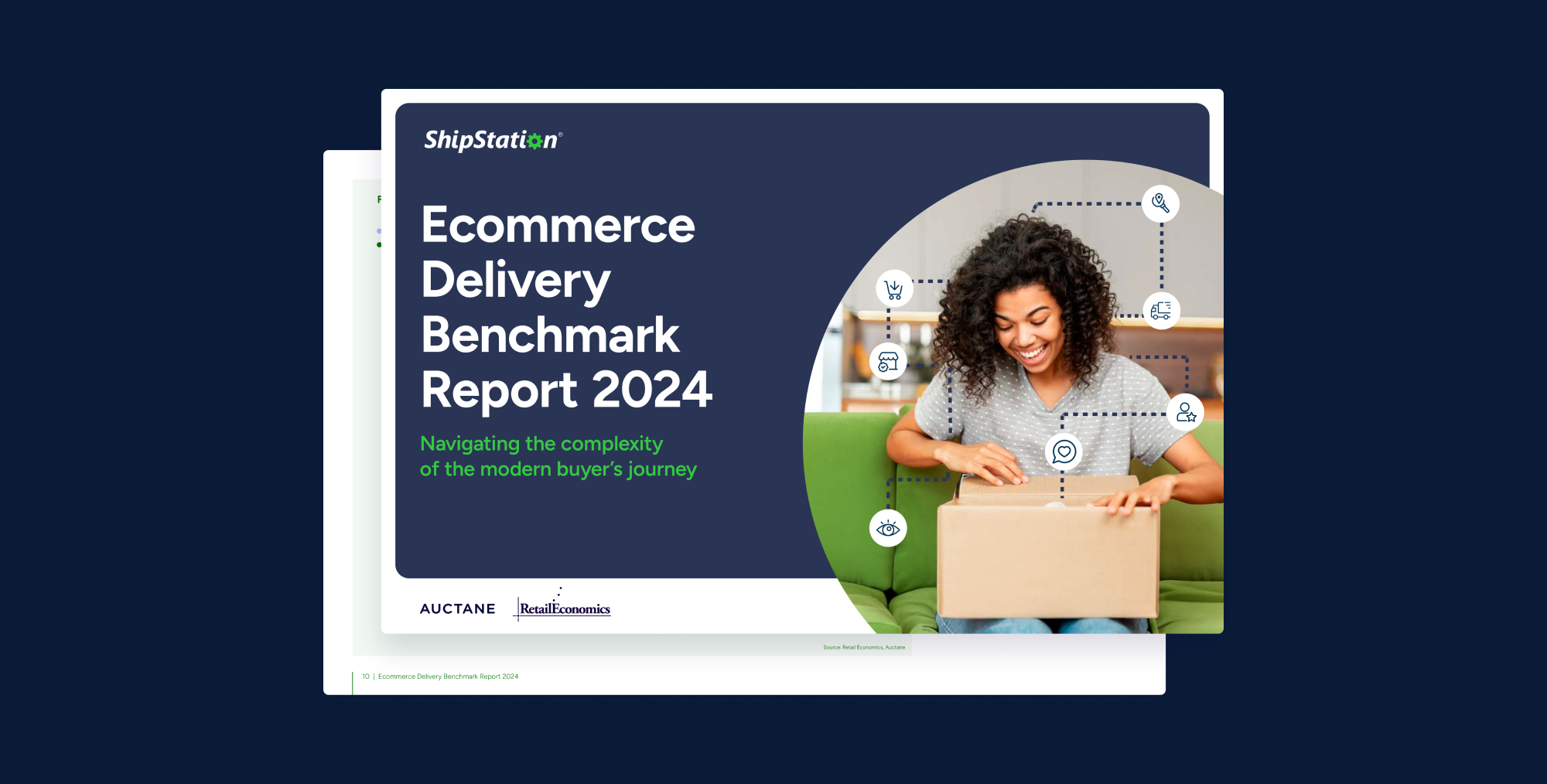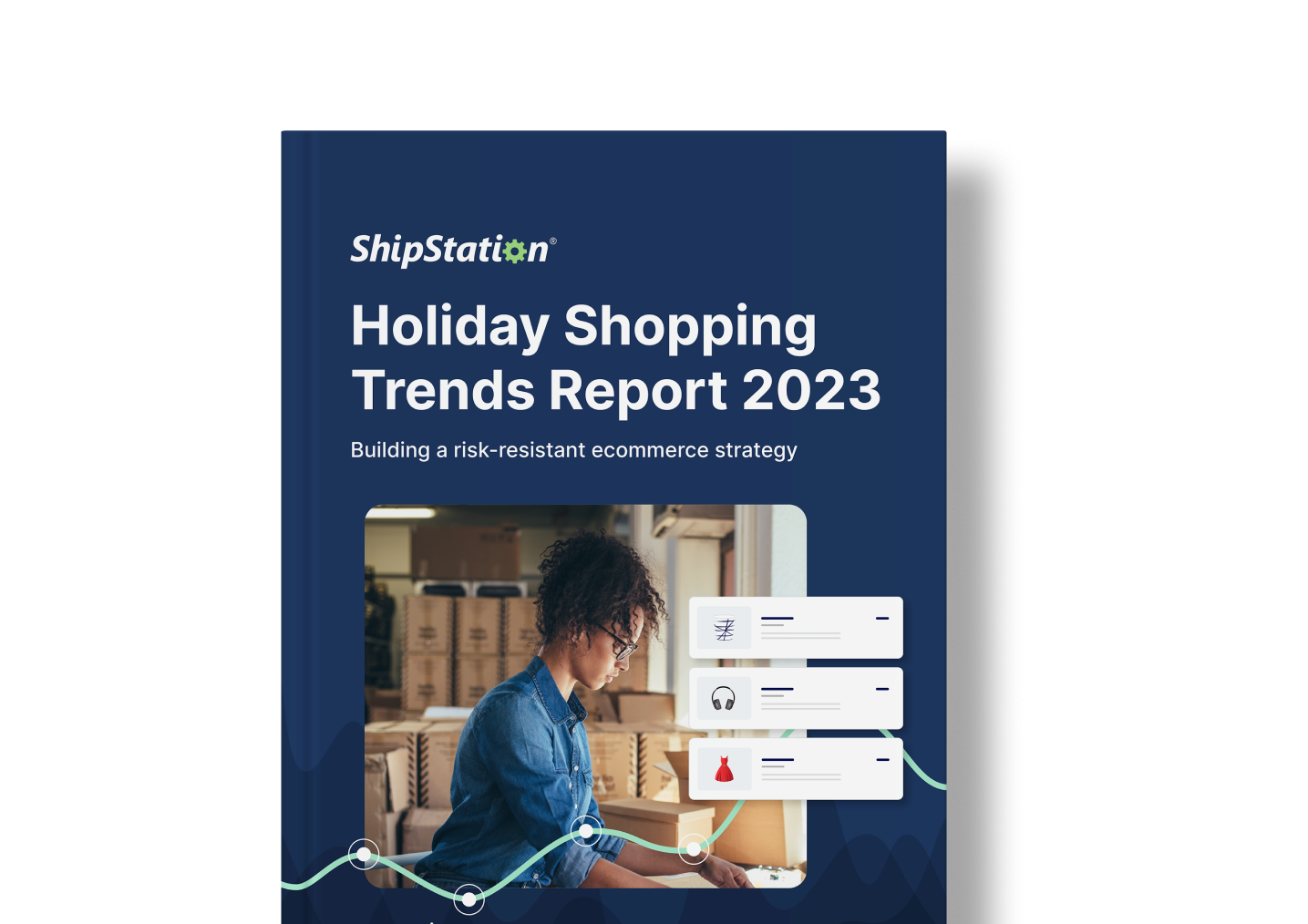Your Guide to Ecommerce Replatforming
Written by Corinne Watson, writer and researcher at BigCommerce. Corinne works directly with agency and technology partners to bring their tools, services, and ideas to the commerce industry at large with educational content.
Introduction
If you’ve reached the decision to explore switching to a different ecommerce platform, congratulations! You’ve already done a lot of the hard work. Many ecommerce brands spend months or years on the wrong platform which can limit their growth opportunities, as well as pose a serious security risk.
Like any change in technology, replatforming isn’t a decision to take lightly. It affects many aspects of a business, requires sign-off from many stakeholders in different departments, and often causes complications with existing tools and systems. However, while it may be a hard and costly decision, often it is the right thing to do for the business. Once the new platform is implemented and live, oftentimes brand managers wonder: “why didn’t I do this sooner?”
Let’s dive into all of the steps a brand should consider as part of an ecommerce replatform:
Steps for Replatforming
From scoping to discovery, all the way through to RFPs and implementation– there are a lot of different bridges your brand needs to cross on the way to your new ecommerce platform.
1. List your current frustrations with your existing technology.
At the top of this list, you’ll often find outdated technology, operational overheads, and issues with scalability and security.
You may also be facing issues with slow site speed, high cost of ownership, limited customization capabilities, and integration issues with other technologies.
2. Conduct a user experience (UX) audit.
Ask your design and marketing team about what new features they want to see in the new ecommerce storefront. Do they want to include more video content? Do they want to make significant changes to the checkout flow? Start by asking them what they think the technical weaknesses of the current website are, and go from there.
3. Conduct a marketing audit.
Run through the following list and determine the ways in which your current platform is limiting performance, and where you want to see potential improvement.
- SEO
- PPC Management
- Social Media
- Email Marketing
- Discounting
- On-Site Merchandising — Upsells, Cross-Sells
- Shopping Cart Abandonment
- Email Capture
- Personalization
- Product Reviews
- Mobile Usability
- Rewards and Loyalty Programs
- Content Marketing

4. Conduct an SEO and content review.
Start by creating some benchmarks: establish a baseline by running a content audit that references website traffic and determines what pages perform the best. Consider where you’re seeing organic inbound traffic and what websites are most often sending you traffic.
From there, take a look at all of the content on your website. What are the standard templates you’re using, and how would you like them to change? Do you need to change the URL structure? Do you need to add a blog?
Another large part of this is a URL redirect plan. If part of the replatform involves funneling traffic from an old page to a new page, make sure all of the redirects are in place.
5. Conduct a technology audit.
Take a look at the current integrations, tools, and add-ons you have on your ecommerce site. You should also consider logistical concerns like necessary payment gateways, shipping structure and complexity, currency offerings, inventory management and routing capabilities, supported channels, and warehouse structure.
6. Conduct a total cost of ownership assessment.
Ecommerce replatform project leads should invest time and effort into meticulously detailing your TCO model. This worksheet aims to take you through key elements that should be incorporated into your project’s TCO.
Ask relevant stakeholders to calculate CAPEX and OPEX costs (if applicable) to calculate your projected replatform TCO. Then, use the results to inform your budget during your RFP process.
7. Submit an RFP.
Now that you have completed a thorough situation analysis of your existing platform, you will know its strengths and weaknesses. All of the information you collect should enable you to ask the right questions in an RFP to ecommerce platform vendors. Feel free to use our RFP template to begin the process.
8. Conduct a risk assessment.
Make sure to put a plan in place to make sure your data migration, website functionality, impact on SEO and traffic, and any and all integrations are moved over seamlessly. Data should especially be handled with extreme care — you don’t want to lose any of your analytics or customer data as you move from one platform to the next.
Whether your old platform is sunsetting or just no longer living up to your business needs, it may be time to choose a platform that will help you meet your brand’s goals and scale as you continue to reach new heights. Try BigCommerce for free for 30 days here.






